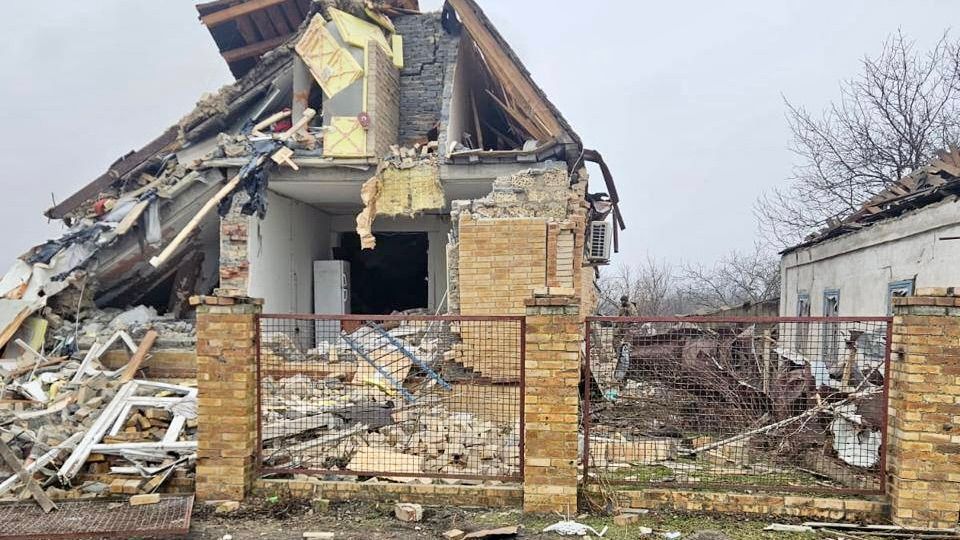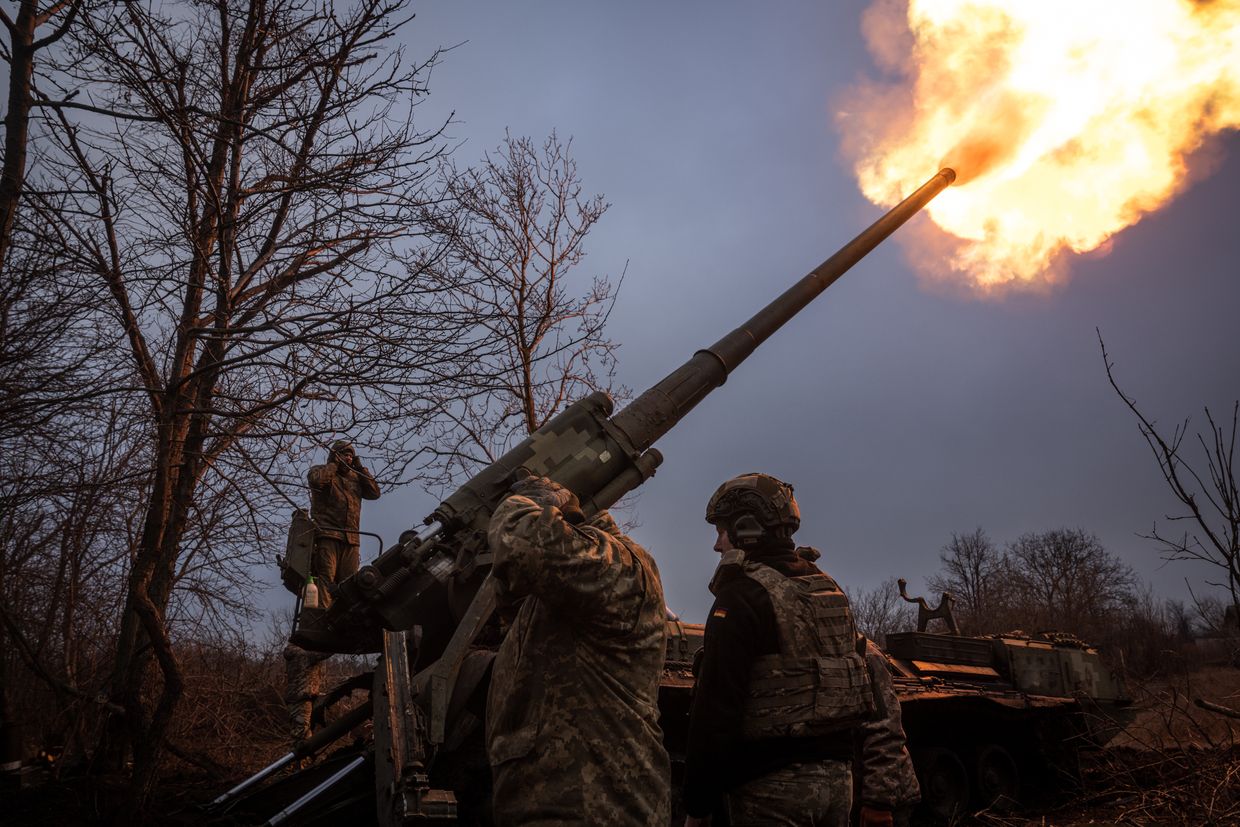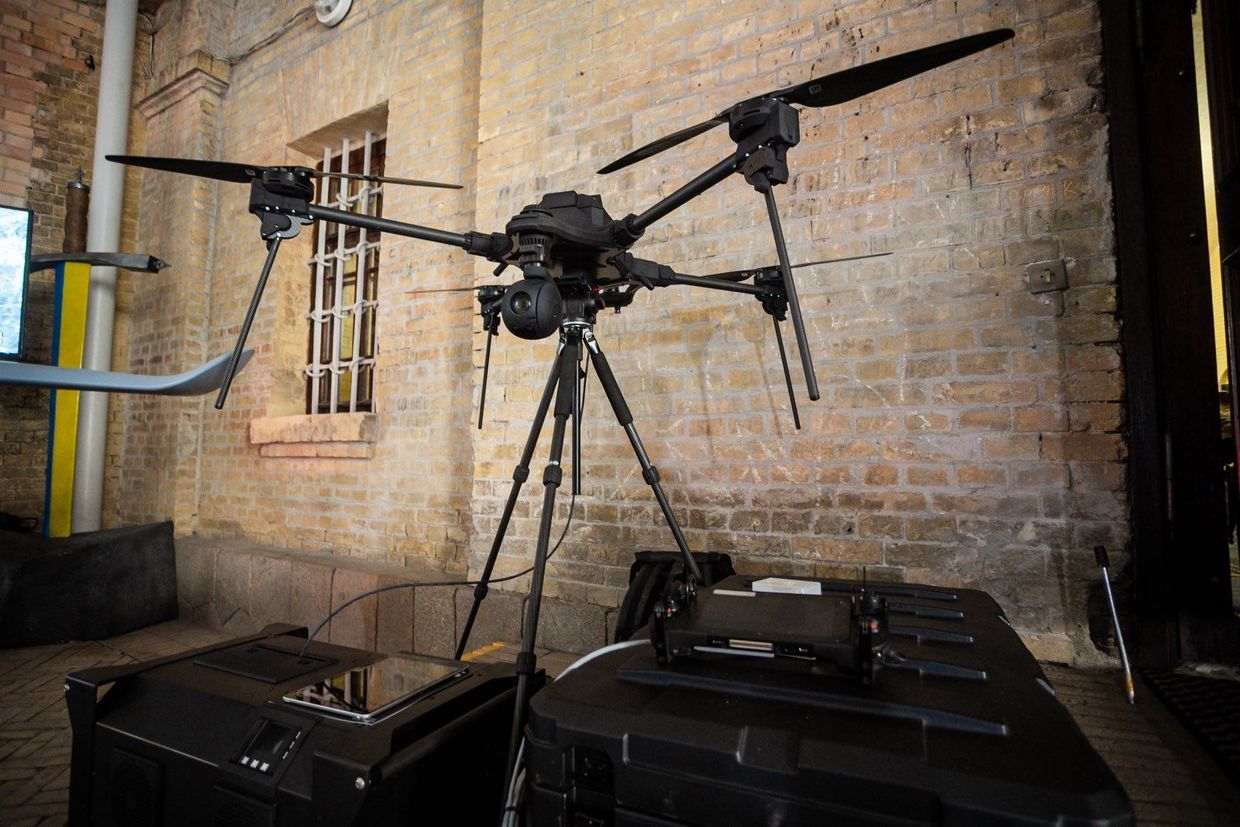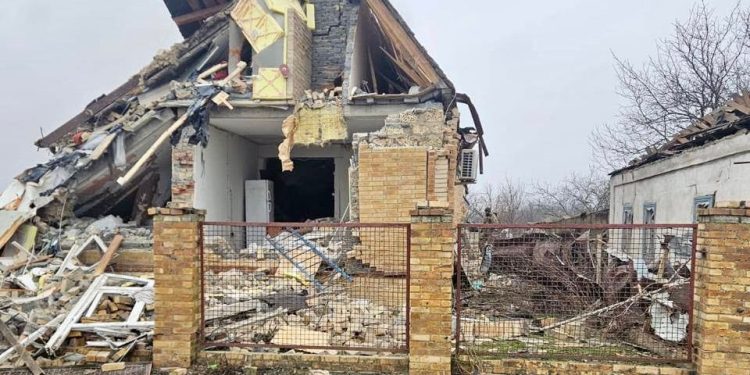Key developments on January 30:
- Rescue operations end in Sumy with 9 killed, 13 injured after the Russian drone attack against the residential building
- Sweden reveals its greatest military aid package for Ukraine worth $ 1.2 billion
- Lithuania open to the sending of peacekeepers to Ukraine, said the commander -in -chief
- The military stocks of the Soviet era of Russia which run low, face equipment shortages, media reports
A Russian drone struck a residential building in the city in the northeast of Sumy during the night on January 30, killing nine people and injuring 13 others, the Ministry of the Interior reported.
Research and rescue operations on the Russian attack website ended later in the evening.
Russia launched a total of 81 attack and lure drones against Ukraine on the night of January 30, Air Force reported. The air defense of Ukraine killed 37 of them, while 39 others disappeared from radars before reaching targets.
A Shahed -type attack drone hit the building on several floors in Sumy shortly after midnight, the local time, said Governor Volodymyr Artiukh.
Two couples were killed in the attack: a 74 -year -old man and his 69 -year -old wife and a 65 -year -old man and a 64 -year -old woman reported local authorities.
Some of the injured victims have been hospitalized and are in serious condition. Among the injured are an eight -year -old child and an 18 -year -old man.
The published videos of the attack show significant damage to the building, apparently between the sixth and seventh floors of the building. Authorities later said that 12 balconies were destroyed during the attack.
13 injured, including children, in the Russian attack on Kramatorsk
According to preliminary information, the injured include an 8 -year -old boy and a 7 -year -old girl. Local authorities assess the consequences of the attack.

Sweden unveils its largest military aid package for Ukraine worth $1.2 billion
Sweden will provide Ukraine with a military aid package worth more than $ 1.2 billion, the Swedish Minister of Defense Jonson announced on January 30.
This is the largest military assistance group in Sweden since the start of Russia’s large -scale invasion in 2022, according to Johnson.
The package includes 16 CB90 combat boats with weapons stations, a million 12.7 mm ammunition, 146 trucks, 1,500 anti-towing missiles, as well as 200 AT4 anti-tank launchers.
About $ 90 million will be allocated to the production of long -range missiles and unmanned air vehicles, Johnson said.
Donations of stocks of the Swedish armed forces will represent approximately 25% of the package, while around 45% will be used to invest in defense production.
“This can be directed to priority needs, such as artillery, long -range typing capacities and drones. A short -term delivery time is important,” said the minister.
As part of the new package, $ 178 million will be allocated to the so-called Danish funding model for Ukraine’s defense production.
Other funds will also be allocated to the training of Ukrainian soldiers in 2025, as well as to the repair and maintenance of the equipment already given by Sweden.
Has Chasiv Yar fell? No, say experts, osint analysts, military officials
The reports according to which the Ukrainian city besieged by CHASIV YAR fell on the Russian forces was rejected by experts and civil servants who addressed the independence of kyiv, and the latest OSINT data suggest that the fighting is still in progress . The front -line city has become one of the hottest places in Donetsk Oblast…

Lithuania open to sending peacekeepers to Ukraine, chief commander says
Lithuania will probably plan to deploy soldiers in Ukraine for a potential peacekeeping mission, said on January 30, commander of the Lithuanian armed forces, according to LRT.
“If you ask if Lithuania could (sending peacetakes to Ukraine), yes, we will probably consider it. There will be a discussion, and I think we should also assume responsibility for European stability,” said Vaiksnoras on Ziniu radio.
His remarks come in the midst of current discussions between Western countries on the possible deployment of peacekeeping forces in Ukraine if a ceasefire is agreed with Russia.
Previous reports from the Wall Street Journal said that US President Donald Trump The team weighs a plan to delay Ukraine members from at least 20 years in exchange for continuous Western weapons supplies and deployment of European peace soldiers to monitor a cease fire.
German Defense Minister Boris Pistorius said on January 18 that Germany could consider contributing to such a mission, while British Prime Minister Keir Starmer confirmed on January 16 that he had discussed the issue with President Volodymyr Zelensky.
Moscow strongly opposed the idea.
The Ukrainian Defense Technology Company, Huless, collects more than a million dollars for attached drone systems
Huless, a Ukrainian company developing attached drone systems, has obtained more than a million dollars in private financing, loans and a subsidy of the Ukrainian defense technology cluster, the company announced in a press release January 30.

Russia has exhausted a large part of its industrial military stocks from the Soviet era, with equipment remaining in poor condition, the initiate reported on January 28.
The Russian army has lost more than half of its available equipment, and unless an unexpected change occurs, hostilities could gradually fade at the end of 2025 or early 2026 due to a shortage of tanks, armored vehicles and artillery, affirms the publication.
The initiate indicated that the Russian and Ukrainian forces mainly lost the equipment of the Soviet era, the Russian losses now representing around 50% of its total stock. A large part of the equipment remaining in storage is in poor technical condition, which makes it little likely to be repaired and deployed on the front lines.
The number of vehicles ready for the fight that Russia could still send to the front is estimated at around 2,000 tanks, 2,000 infantry combat vehicles (BMP) and 3,000 armored carriers (APC).
Moscow would also be faced with production limitations. The only infantry combat vehicle in large-scale production remains the BMP-3, with 463 units produced in 2023. Modern production of the Blinde BTR-82 carrier is estimated at 300 to 400 units per year.
Author’s note:
Ukraine War Latest is assembled by the kyiv independent News Desk team, which keeps you informed 24 hours a day, seven days a week. If you appreciate our work and want to make sure that we have the resources to continue, join the independent community of kyiv.
For female supporters of Ukraine in the occupation, hope lies in the resistance
Somewhere in the streets of Simferopol occupied by Russia, the capital of Crimea, a woman puts a sticker on the wall. It is a short message, but if it is seen to do it, it will face an arrest, prosecution and torture probably. The message is: “Soon we will come back home.” In another


The Kyiv independent News Desk


